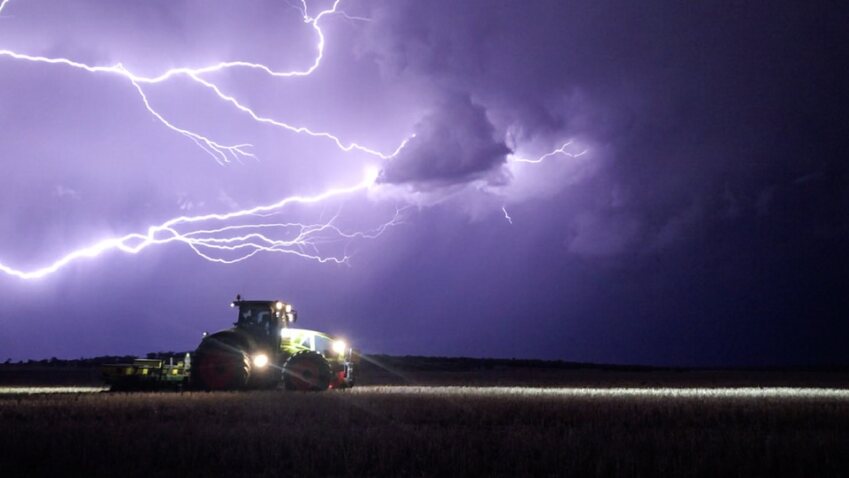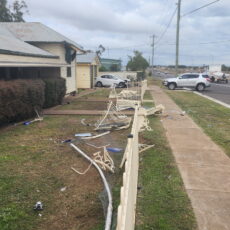What causes the loud noise that thunder makes? asks 9-year-old Molly Foster.
Thanks for your question, Molly!
Thunder can be pretty scary, right?
I remember feeling scared of it when I was your age too!
My mum used to tell me that it was clouds bumping together, but actually, it’s not the clouds at all!
To grasp how thunder works, let’s start by understanding lightning.
When lightning strikes, it rapidly heats up the surrounding air, similar to how a match heats up when you strike it.
This sudden heating causes the air to expand quickly and then cool down just as rapidly.
As a result, it generates a large sound wave (a ripple of energy that travels through the air), which we perceive as thunder.
Therefore, thunder is essentially the noise produced by the air rushing around due to the lightning.
But why does thunder produce that continuous booming or rumbling sound?
Well, it’s because of millions of shock waves coming together.
Did you know that the temperature of the air affects the characteristics of thunder, including its sound and how far it travels?
Sound waves spread faster in warm air compared to cool air.
Now, let’s delve into thunderclouds.
Not all clouds can generate thunder and lightning.
Thunderclouds are exceptionally tall, although from the ground, we typically only see their lower parts.
High up in the sky, where it’s extremely cold, ice crystals form inside these clouds.
As these ice crystals and water droplets move past each other, they create static electricity, much like when you rub a balloon against your hair.
This static electricity causes the ice crystals to become positively charged and the water droplets to become negatively charged.
Just like magnets, opposite charges attract each other.
The negatively charged areas near the bottom of the cloud, known as electrons, attract positively charged particles from the ground.
When the negative charges in the cloud connects with the positive charges on the ground, a massive flow of electrons, known as a lightning flash, travels to the earth.
The intense heat generated by the lightning flash causes the thunder.
Thunder’s loudness depends on the number of electrons during a lightning strike – more electrons mean louder thunder.
Also, since sound moves slower than light, if you see lightning and hear thunder quickly after, it means the storm is nearby.
It’s best to stay indoors until the storm passes.
Ask Dr Bec: Who is stronger? Boys or girls? – The Courier (narrabricourier.com.au)
Narrabri-based scientist Dr Bec Thistlethwaite will contribute a fortnightly column to The Courier on the science in our daily lives.
Readers are invited to send their science questions in to Dr Bec via [email protected]











